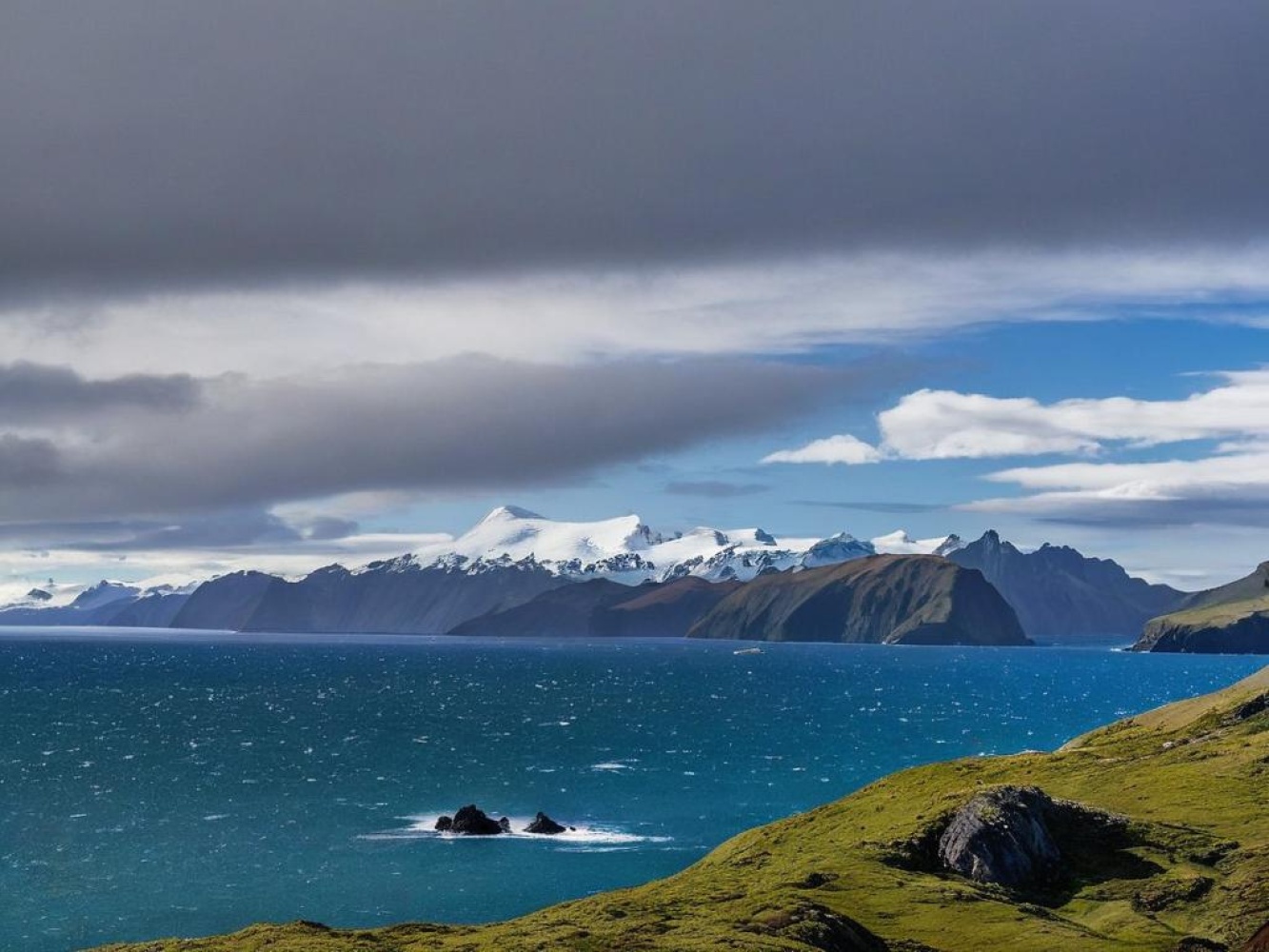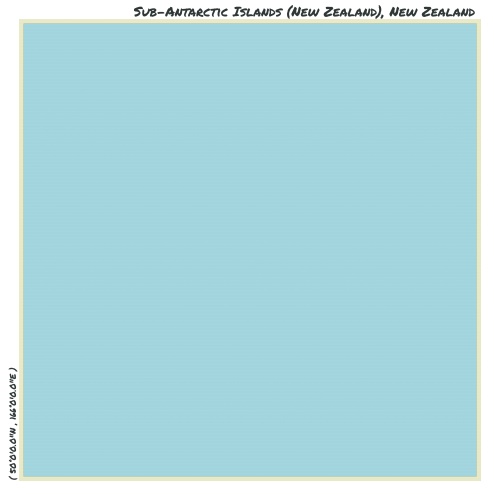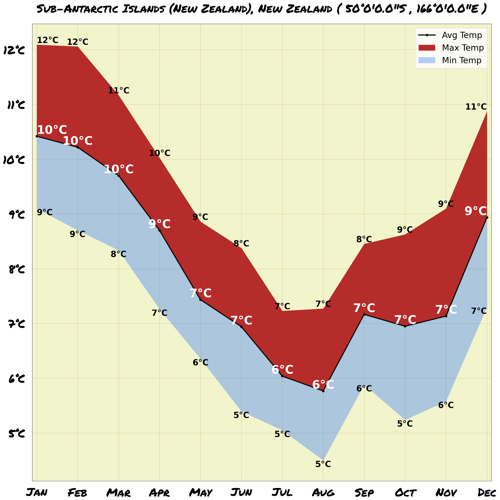Understand
Step into a world of wonder and adventure as you set foot on the New Zealand sub-antarctic islands. These breathtaking islands, recognized as a UNESCO World Heritage Site, capture the imagination with their unrivaled natural beauty and captivating history. Designated in 1998 for their outstanding universal value, the sub-antarctic islands offer a unique environment that extends beyond their shores to 12 nautical miles. Delve into the ecological richness of these islands, where the deep connection between land and sea creates a paradise for scientists, visitors, and conservationists. The New Zealand government places conservation as a top priority, ensuring the preservation of the islands' rich biodiversity. Strict measures are in place to manage visitors and eradicate pests, such as mice, that threaten the delicate ecosystem. This commitment to conservation ensures that future generations can continue to be enthralled by the wonders of these islands. To further delve into the allure of the sub-antarctic islands, immerse yourself in the pages of captivating books such as 'Subantarctic New Zealand: A rare heritage' by Neville Peat and 'Galapagos of the Antarctic: Wild Islands South of New Zealand' by Rodney Russ and Aleks Terauds. These literary treasures provide comprehensive guides to the Chatham Islands, Bounty Islands, Antipodes Islands, Campbell Island, Auckland Islands, The Snares, and Australia's Macquarie Island, allowing you to embark on a mental journey and uncover the secrets of these extraordinary lands.
Get in
The New Zealand Subantarctic Islands are a unique and protected area, with limited access to visitors. To ensure the preservation of the environment, permits are required for visits, and there are only a limited number available. Most permits are held by expedition ship companies that provide guides and closely monitor environmental impact, reporting back to government agencies like the Department of Conservation. Access to the islands is primarily by boat or ship, as helicopters do not have the range to reach them and there is no airstrip. Only authorized permit holders are allowed to visit the Southern Hemisphere summer months (November-March) when the islands can be explored. Expedition eco-tourism ships, such as the Heritage Adventurer, depart from various ports, including Bluff in New Zealand, Hobart in Australia, and Ushuaia in Chile. These ships often also visit Macquarie Island, another Subantarctic Island administered by Australia. Many of these vessels continue their journey to Antarctica, offering passengers a unique opportunity to explore the Southern Ocean and its stunning wildlife and scenery.
Map & Climate
Popular Foods
 Hangi - Hangi is a traditional Māori feast that involves slowly cooking meat, fish, and vegetables underground using heated rocks. It's typically prepared in large earthen ovens called "hāngī" or "ūnghī." The meal often includes chicken, lamb, potatoes, carrots, and other root vegetables marinated in aromatic herbs and spices. This dish symbolizes unity among family and friends.
Hangi - Hangi is a traditional Māori feast that involves slowly cooking meat, fish, and vegetables underground using heated rocks. It's typically prepared in large earthen ovens called "hāngī" or "ūnghī." The meal often includes chicken, lamb, potatoes, carrots, and other root vegetables marinated in aromatic herbs and spices. This dish symbolizes unity among family and friends. Fish and Chips - Fish and chips are a popular fast food in New Zealand, consisting of battered and deep-fried fish fillets served with thick cuts of fries. This dish is mainly made with locally caught fish, such as snapper or hoki, coated in a light, crispy batter. It's typically accompanied by tartar sauce, malt vinegar, and a side of mushy peas or a garden salad.
Fish and Chips - Fish and chips are a popular fast food in New Zealand, consisting of battered and deep-fried fish fillets served with thick cuts of fries. This dish is mainly made with locally caught fish, such as snapper or hoki, coated in a light, crispy batter. It's typically accompanied by tartar sauce, malt vinegar, and a side of mushy peas or a garden salad. Pavlova - Pavlova is a
Pavlova - Pavlova is a 




Comments
NO COMMENTS